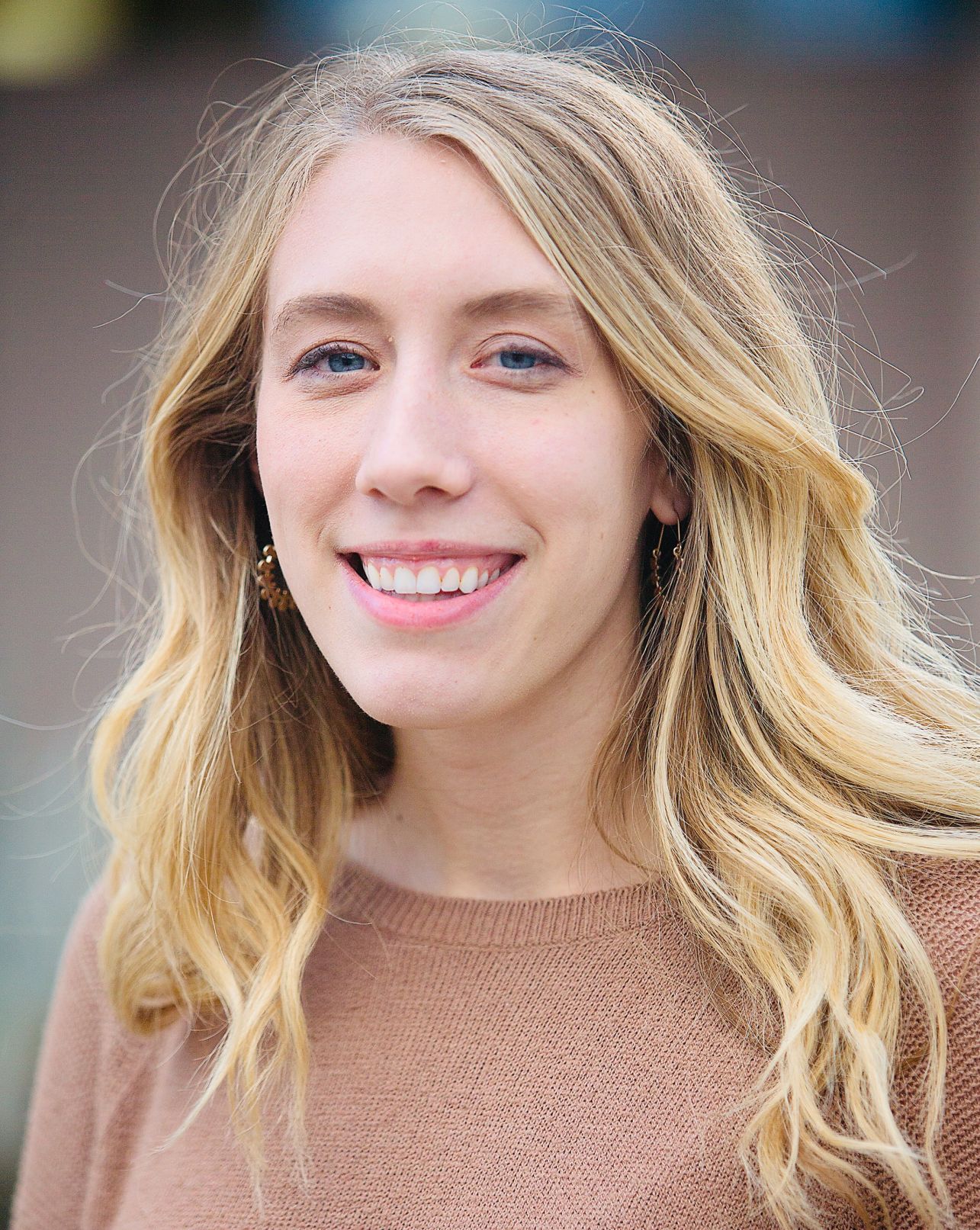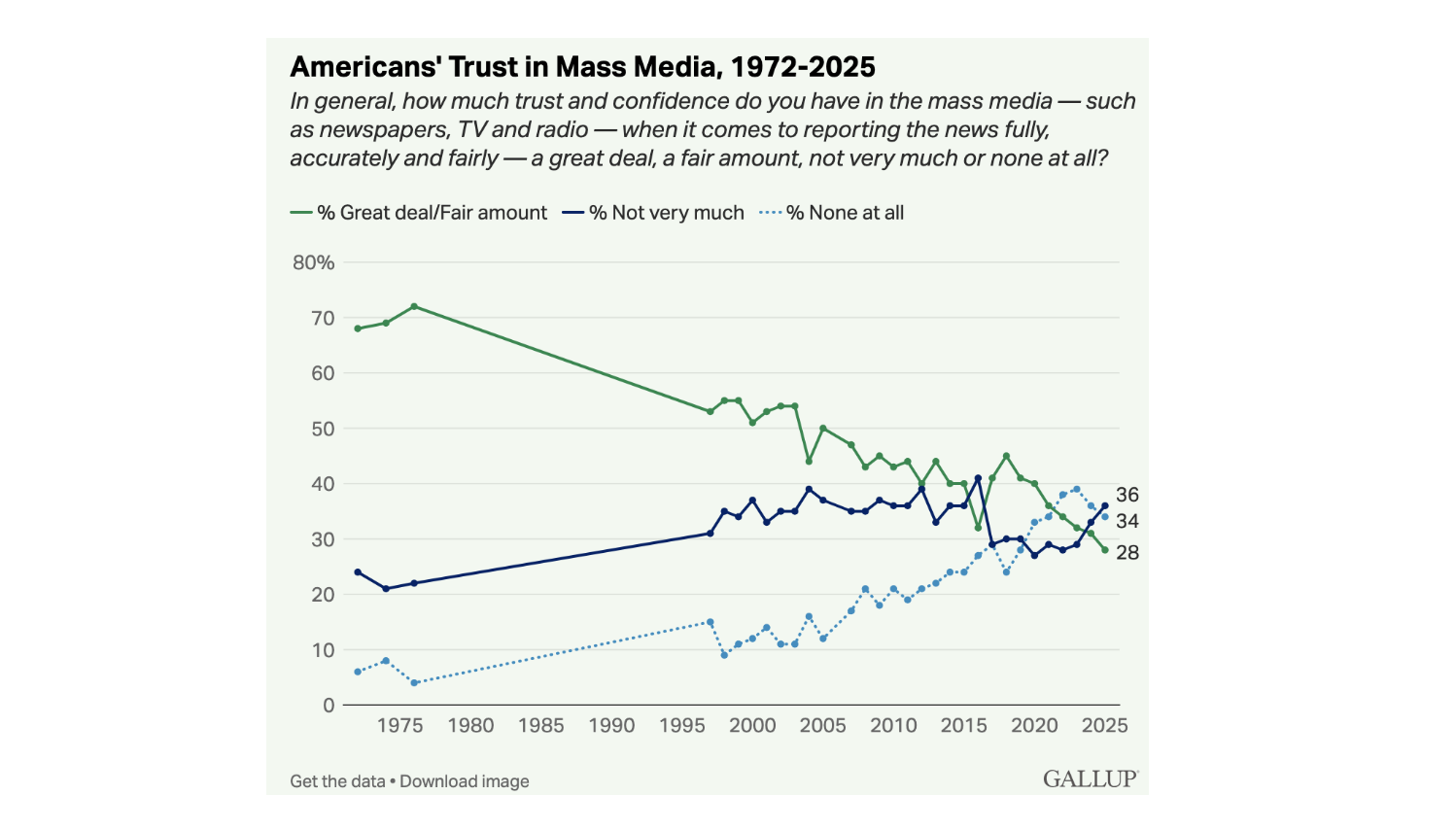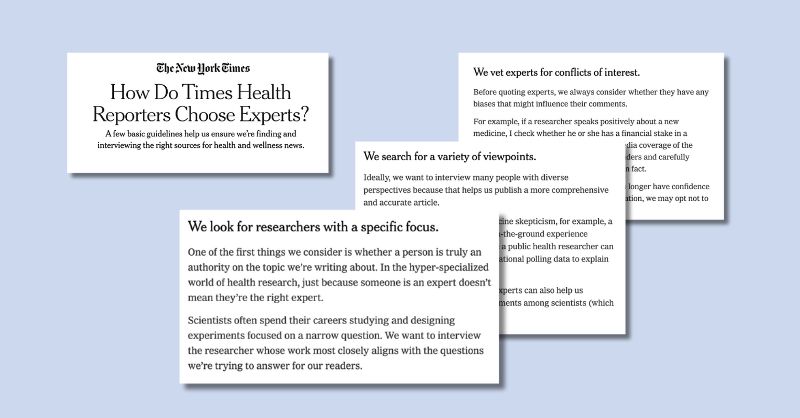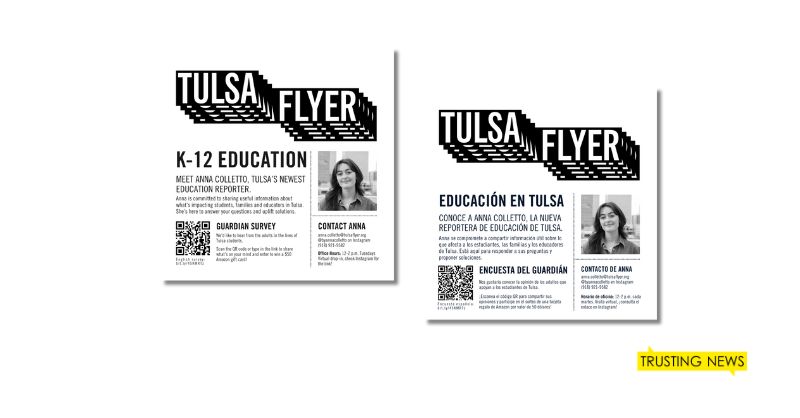
Journalists go to great lengths to eliminate any semblance of bias. This often entails taking precautions like not sharing too many personal details online or with sources. But of course, who we are as people affects how we do journalism — whether we’re talking openly about it or not. Our values, experiences, ethics, and surroundings all influence […]
Journalists, talk about the lens you bring to reporting
Journalists go to great lengths to eliminate any semblance of bias. This often entails taking precautions like not sharing too many personal details online or with sources.
But of course, who we are as people affects how we do journalism — whether we’re talking openly about it or not. Our values, experiences, ethics, and surroundings all influence us and what we cover.
In some ways, this can stunt our newsroom’s collective coverage, especially when we lack enough diversity of viewpoints and experiences. Often, journalists have much more in common with each other than they do with the communities we serve.
But when a journalist’s lens and experience of the world informs their coverage, it can also be powerful to lean into that as a strength rather than a negative.
Here’s how a reporter at The 19th* — a nonprofit newsroom focused on reporting at the intersection of gender, politics and policy — did this.
Example: The 19th* AMA on Reddit
Orion Rummler, LGBTQ+ reporter at The 19th*, hosted an AMA (Ask Me Anything) on Reddit last year where he shared his professional expertise on a topic while at the same time, invited questions about his personal experience being a queer transgender man.
The AMA was focused on LGBTQ+ rights, issues, and escalating attacks again trans and queer communities in the United States.
Rummler kicked off the AMA by acknowledging: “As a queer transgender man, my experiences with LGBTQ+ issues extend well beyond my reporting, and I’m invested in this work on a personal level.”

During the AMA, Rummler answered questions from Reddit users about recent legislation and anti-LGBT policies, but he also fielded personal questions, like how to find community and managing personal safety.
The AMA accomplished a few things:
- Connection with the audience: In this scenario, openly being part of the community Rummler reports on helps him both connect, relate and empathize with users’ questions and experiences.
- Establishing credibility: Not only does Rummler share personal details, but the AMA highlighted Rummler’s extensive knowledge and depth of reporting on the subject (something users also thanked him for).
- Building trust: Users who interacted with the AMA shared personal experiences and questions and also thanked Rummler for this reporting, demonstrating a certain level of trust.
(If you’re interested in hosting a similar type of AMA, Check out these five tips from newsroom partner Mike Canan on how he did successful Q&As with readers on Facebook).
Because of The 19th’s mission and structure as a news outlet, this approach works exceptionally well here, but we recognize it may not work well for all newsrooms. You might not feel comfortable or empowered to share this much detail, and that’s definitely OK. (More on this below.)
But remember that — even as journalists — we’re humans first, and connection and empathy play significant roles in building trust. Showing our own humanity can help us connect with our communities, which in turn helps improve coverage.
Two other newsroom examples
- Isaac Saul, the founder of Tangle News, does a really nice job of regularly bringing in a sense of humanity (and sometimes, lived experience) while still delivering news in a way that feels straightforward and non-partisan. In the outlet’s daily newsletter, Saul includes a personal take on the news they are also reporting on. “As an open-minded politics reporter, I’ll share my honest, unfiltered thoughts about those arguments. This is an act of transparency, so you know a little bit about the thought process of the people providing you the news,” Saul writes on Tangle’s About page. Here’s just one example, where he shared his personal experience while reporting on the Israel-Hamas war.
- Taylor Luck, a reporter at the Christian Science Monitor, has a staff bio that shares both Luck’s personal journey while also nodding at how his faith shows up in reporting. “Having prayed and reported in Jerusalem and Mecca, Taylor has found that living at the crossroads of different faiths has reinforced his own faith in our common humanity and borderless values.” (More on how to write a reporter bio here.)
Talking about who you are
There are many ways journalists can share their identity publicly, and it doesn’t have to be the same for everyone.
Beyond the key elements of sharing your work experience and current role in journalism, you could share about hobbies, jobs, your family, organizations you’re involved in, and other personal traits depending on your comfort level.
We have a Trust Kit that dives deep into how journalists can talk about who they are as people, and shares examples of how journalists have done this.
Important ethical and safety considerations
We know for many journalists sharing personal information, while likely fostering engagement, can also raise ethical concerns.
There are of course privacy concerns, as well as real concerns around conflicts of interest, diverting attention from the main topic, or perhaps giving off a perception of bias or that you’re unable to report the story fairly.
Here are some of our recommendations:
- Define boundaries. Reflect on which personal information is relevant to your coverage and whether sharing it enhances understanding or detracts from the purpose and ability for people to find that coverage credible and helpful.
- Support your staff. The dark side of engagement can be personal harassment. To build trust in the newsroom, there needs to be support in place for journalists who are targets of online abuse. Several support organizations have resources for newsroom staffs, including the International Women’s Media Foundation.
- Transparent disclosure. When personal interests or relationships could potentially present a conflict of interest, practice transparency by disclosing those relationships and take necessary steps to mitigate their influence on your reporting.
This work starts internally
If you work in a newsroom, how comfortable you feel speaking up and sharing who you are as a journalist usually starts with the culture of your newsroom.
Journalism is a collaborative effort. At their best, newsroom teams contribute to each other’s work and hold each other accountable for fairness, nuance and depth. These efforts are less effective when staff are not able to draw on their full range of intellectual diversity.
While acknowledging and being able to talk productively about our many different points of view can be intimidating and messy, doing so creates better journalism for the communities we serve.
We designed a newsroom culture guide, Dimensions of Difference, to support newsrooms in creating better content by helping them to identify, understand and talk about their own differences internally. You can download the guide, which was co-created with Spaceship Media, for free.
At Trusting News, we learn how people decide what news to trust and turn that knowledge into actionable strategies for journalists. We train and empower journalists to take responsibility for demonstrating credibility and actively earning trust through transparency and engagement. Subscribe to our Trust Tips newsletter. Follow us on Twitter and Facebook. Read more about our work at TrustingNews.org.

Project manager Mollie Muchna (she/her) has spent the last 10 years working in audience and engagement journalism in local newsrooms across the Southwest. She lives in Tucson, Arizona, where she is also an adjunct professor at the University of Arizona’s School of Journalism. She can be reached at mollie@trustingnews.org and on Twitter @molliemuchna.



